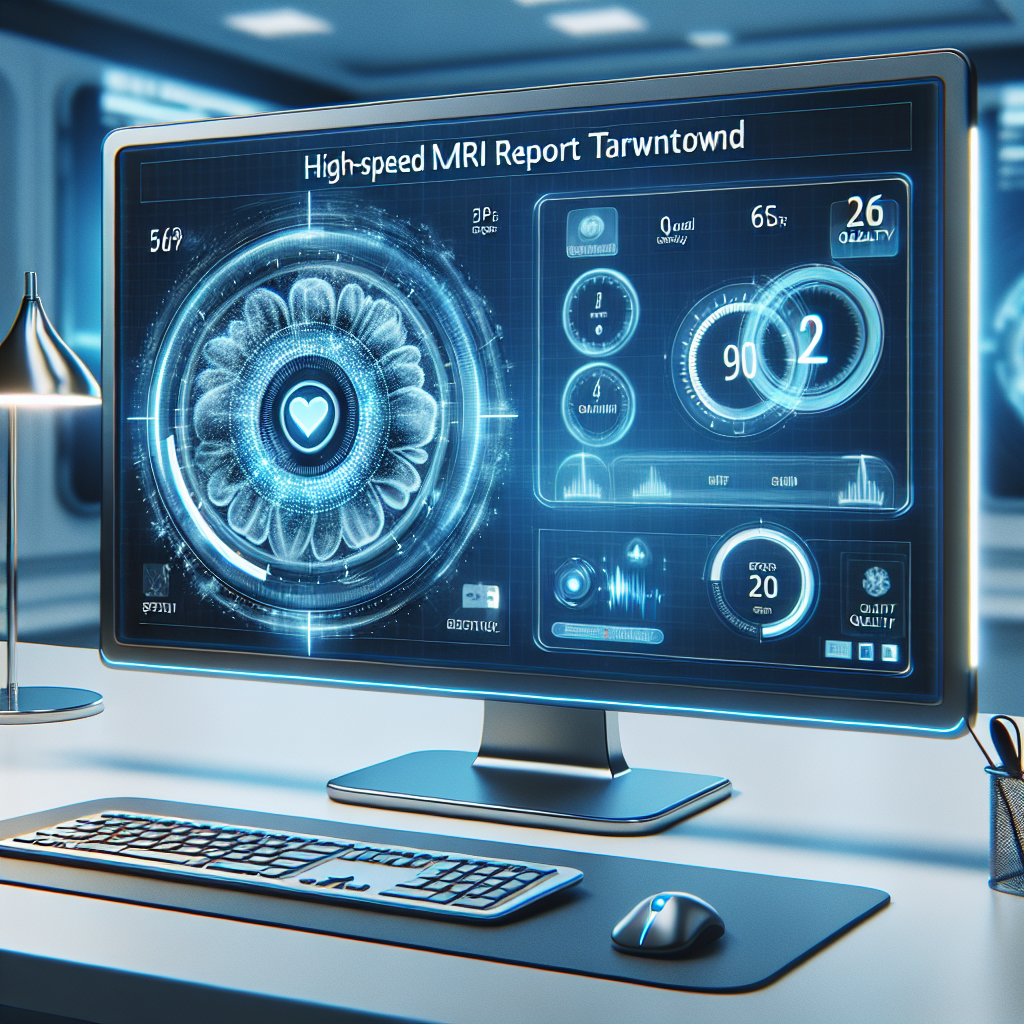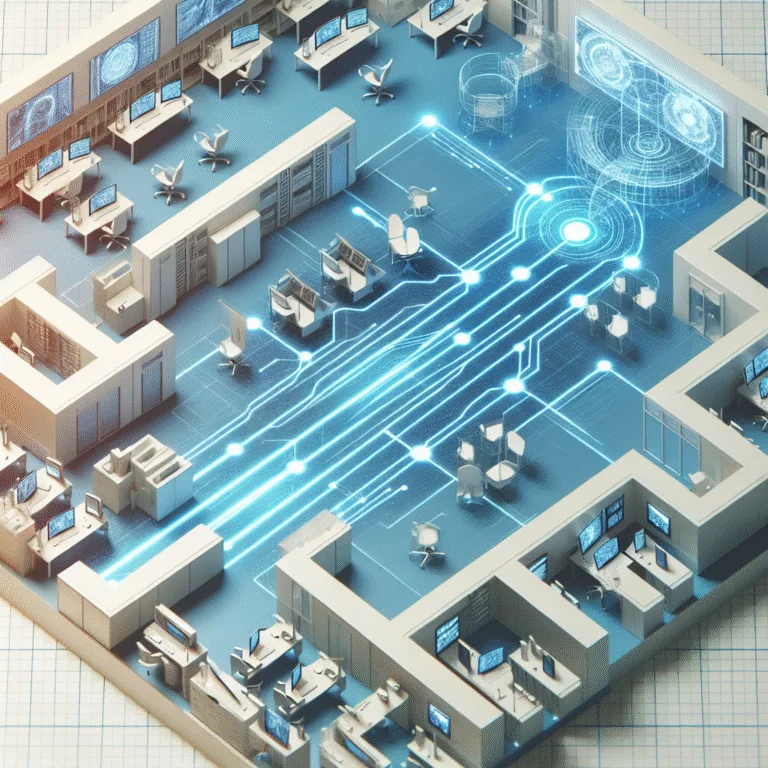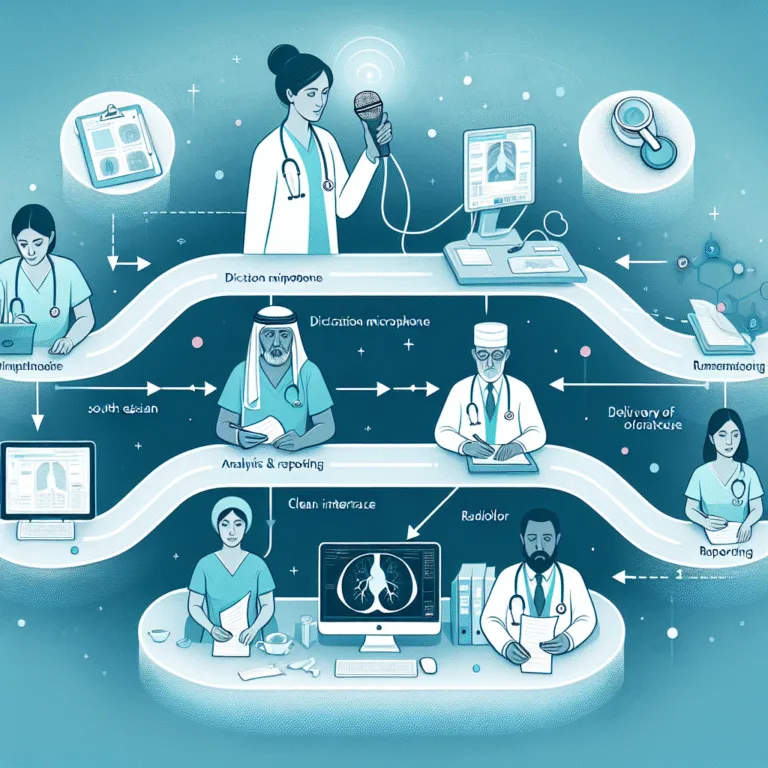How to Speed Up MRI Report Turnaround Times Without Sacrificing Quality
How to Speed Up MRI Report Turnaround Times Without Sacrificing Quality
The pressure to decrease turnaround times is immense, but quality is non-negotiable. This article tackles the challenge head-on, outlining a multi-faceted approach. Discover how combining optimized templates, AI-assisted tools, and efficient communication strategies can help you deliver faster reports while enhancing their diagnostic value.
In the fast-paced world of radiology, knowing how to speed up MRI report turnaround times is crucial for maintaining efficiency without compromising quality. Radiologists face the dual challenge of delivering timely reports while ensuring diagnostic accuracy. This article explores strategies to streamline the reporting process, leveraging technology and communication to enhance productivity.
Optimizing Reporting Templates
One of the most effective ways to accelerate report generation is by using standardized templates. These templates ensure consistency and completeness, reducing the time spent on formatting and structure. A well-designed template can guide radiologists through the reporting process, prompting them to include all necessary details.
MRI Brain Report Template:
- Patient Name: [Name]
- Date of Birth: [DOB]
- Study Date: [Date]
- Indication: [Clinical Indication]
- Technique: [MRI Sequences Used]
- Findings: [Detailed Observations]
- Impression: [Summary and Recommendations]
By using templates like the one above, radiologists can focus on the clinical content rather than administrative details. This approach not only speeds up the process but also minimizes the risk of omitting critical information.
Leveraging AI-Assisted Tools
Artificial Intelligence (AI) has become an indispensable tool in modern radiology. AI can assist in several aspects of the reporting process, from image analysis to dictation. Tools like Rad Report AI offer voice dictation and AI-driven suggestions that can significantly reduce reporting time.
AI algorithms can quickly highlight areas of interest in MRI scans, allowing radiologists to focus on potential abnormalities. Additionally, AI can suggest relevant phrases and terminology, ensuring that reports are both accurate and comprehensive.
Integrating AI with PACS
Integrating AI tools with Picture Archiving and Communication Systems (PACS) can further streamline the workflow. This integration allows for seamless data transfer and real-time analysis, reducing the time spent on manual data entry and retrieval.
Moreover, AI can assist in prioritizing cases based on urgency, ensuring that critical cases are addressed promptly. This capability is particularly valuable in busy clinical settings where time is of the essence.
Enhancing Communication Strategies
Efficient communication between radiologists, referring physicians, and other healthcare professionals is vital for reducing turnaround times. Clear and concise communication ensures that all parties are on the same page, minimizing delays caused by misunderstandings or misinterpretations.
Implementing a system for direct communication, such as secure messaging platforms, can facilitate quick consultations and clarifications. This approach reduces the need for lengthy email exchanges or phone calls, expediting the decision-making process.
Collaborative Reporting
Collaborative reporting, where multiple specialists contribute to a single report, can also enhance efficiency. This method allows for a comprehensive review of findings, ensuring that all relevant perspectives are considered. By sharing the workload, radiologists can produce high-quality reports more quickly.
Continuous Training and Education
Staying updated with the latest advancements in radiology and AI is crucial for maintaining efficiency. Regular training sessions and workshops can help radiologists familiarize themselves with new tools and techniques, enabling them to work more effectively.
Professional organizations such as the American College of Radiology offer a wealth of resources and educational opportunities. Engaging with these resources can enhance a radiologist’s skill set, ultimately leading to faster and more accurate reporting.
Conclusion
By adopting a multi-faceted approach that includes optimized templates, AI-assisted tools, and efficient communication strategies, radiologists can learn how to speed up MRI report turnaround times without sacrificing quality. These strategies not only enhance productivity but also improve the overall diagnostic value of reports.
As the healthcare landscape continues to evolve, embracing technology and innovation will be key to staying ahead. Radiologists who leverage these tools will be better equipped to meet the demands of their profession while delivering exceptional patient care.
🚀 Try Rad Report AI For Free — and experience faster, smarter reporting today.







